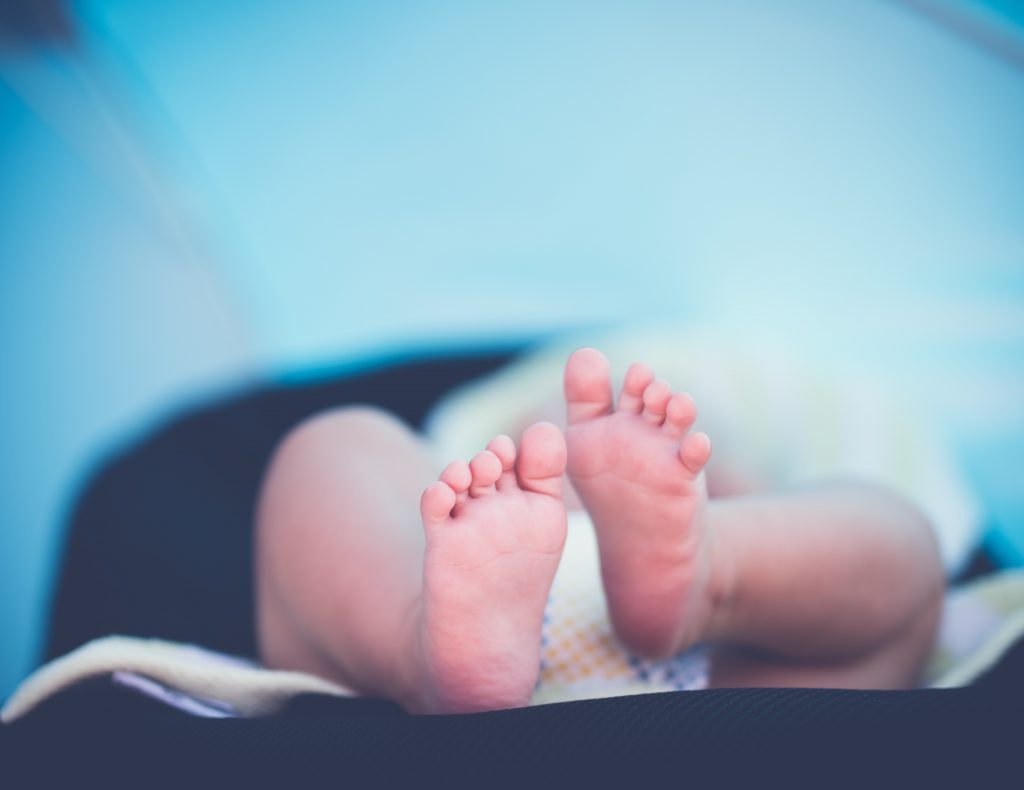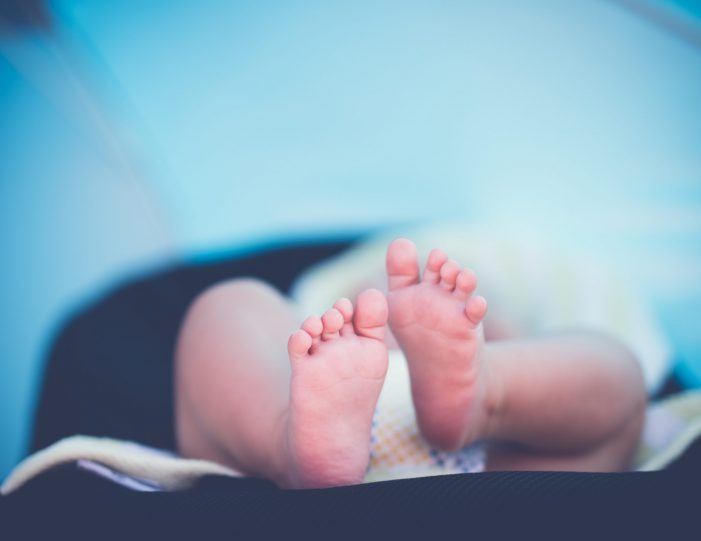We constantly stress on taking care of our hearts as it is the most crucial organ of our body to stay alive. But what if the heart has an issue at the time of birth itself? It is an extremely worrisome scenario.

When a baby is born with a defect in the heart, it is referred to as a congenital heart defect. These defects are the most common types of birth defects. Congenital heart defects (CHDs) are mostly structural problems that arise due to abnormal formation of the heart. CHDs can vary from being completely asymptomatic to having life-threatening complications. Some CHDs in children are simple and don’t need treatment. While others are more complex and may require several surgeries performed over a period of several years.
CHDs like Small VSDs (Ventricular Septal Defect) are compatible with normal life, most of the time without any intervention. Whereas complex CHDs like the absence of one of the valves make the child have symptoms soon after birth needing early surgical intervention.
Many times, no particular reason is found for the congenital heart defect. From genetic to environmental factors, it could be anything that could affect the formation of a baby’s heart in the womb. This, in turn, affects the functioning of the heart which further impacts the blood flow.
Congenital heart defects can be of different types. Some of the CHDs are:
- Heart valve defects, where a valve may be completely closed or is very narrow, making it hard for blood to get through. In some cases, the valve might not close properly, making the blood leak backward.
- Issues with the heart’s “walls”, which could be the ones between the chambers of the heart. Passageways or holes between the left and right sides of the heart can make the blood mix when it shouldn’t.
- Problems with the heart’s muscle can even cause heart failure, which means the heart would not pump as efficiently as it should.
- Poor connections among blood vessels: here, the blood that should go to the lungs goes to the body, or vice versa. These defects can then deprive the blood of oxygen, leading to further complications.
CHDs might hamper the growth of the child especially large VSDs which cause a lot of blood to enter the lung fields and cause fast breathing and feeding difficulties in babies. It’s quite possible to have a heart-related birth defect and not have symptoms. However, if observed, the symptoms of congenital heart disease in infancy may include:
- Fast breathing
- Feeding difficulties
- Not gaining weight
- Turning blue (bluish tint to the skin, fingernails, and lips) Irritable
- Frequent chest infections
- Lung infections
- Not being able to exercise
CHDs can be diagnosed as early as fetal life i.e. during pregnancy. After birth, it can be detected immediately. Based on the symptoms and clinical examination, CHD is suspected and then confirmed by investigations like echocardiography.
Treatment possible for CHDs include medicines, surgical intervention or Cath lab intervention and a long term follow up.
Contributed by Dr. Sejal Shah, Senior Consultant Pediatric and Fetal cardiologist, Columbia Asia Hospital Sarjapur Road
